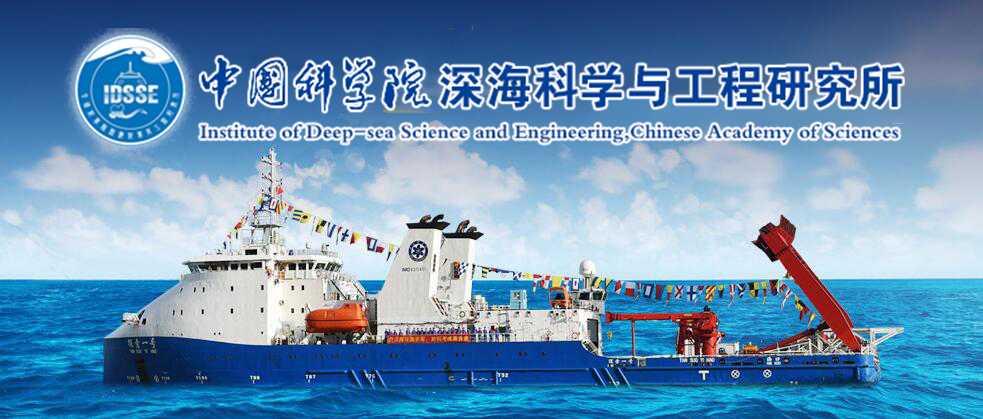Introduction High-resolution sonar systems are critical for underwater robots to obtain precise environmental perception. However, the computational demands of processing sonar imagery in real-time pose significant challenges for autonomous underwater vehicles (AUVs) operating in dynamic environments. Current segmentation methods often struggle to balance processing speed with accuracy.Methods We propose a novel YOLO-based segmentation framework featuring: (1) A lightweight backbone(ghostnet) network optimized for sonar imagery processing (2) A bypass BiLSTM network for temporal feature learning across consecutive frames. The system processes non-keyframes by predicting semantic vectors through the trained BiLSTM model, selectively skipping computational layers to enhance efficiency. The model was trained and evaluated on a high-resolution sonar dataset collected using an AUV-mounted Oculus MD750d multibeam forward-looking sonar in two distinct underwater environments.Results Implementation on Nvidia Jetson TX2 demonstrated significant performance improvements. (1) Processing latency reduced to 87.4 ms (keyframes) and 35.3 ms (non-keyframes)(2)Maintained competitive segmentation accuracy compared to conventional methods and achieved low latency.Discussion The proposed architecture successfully addresses the speed-accuracy trade-off in sonar image segmentation through its innovative temporal feature utilization and computational skipping mechanism. The significant latency reduction enables more responsive AUV navigation without compromising perception quality. The newly introduced dataset fills an important gap in high-resolution sonar benchmarking. Future work will focus on optimizing the keyframe selection algorithm and expanding the dataset to include more complex underwater scenarios.


 琼公网安备 46020102000014号
琼公网安备 46020102000014号
